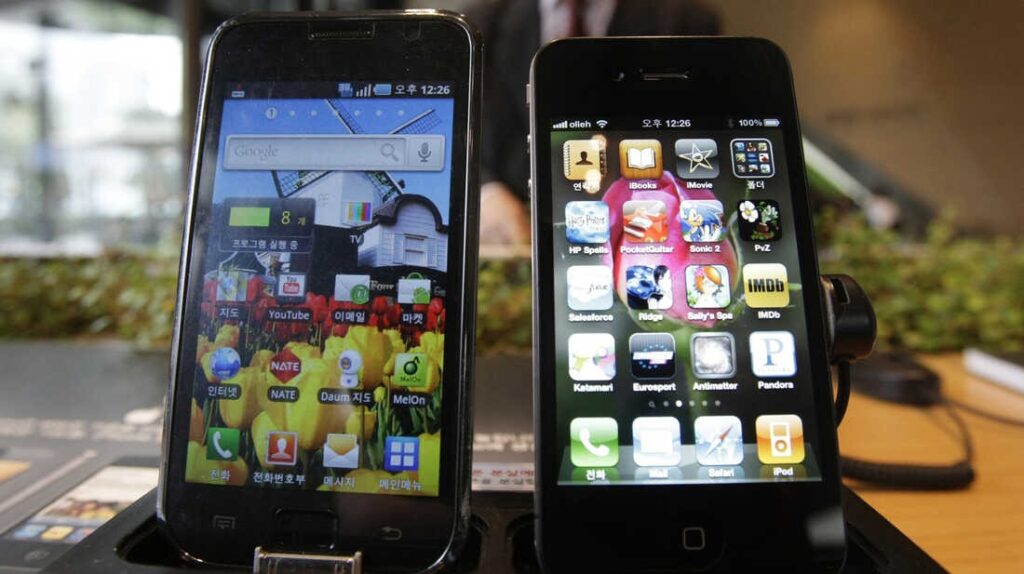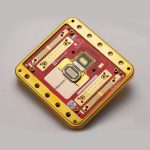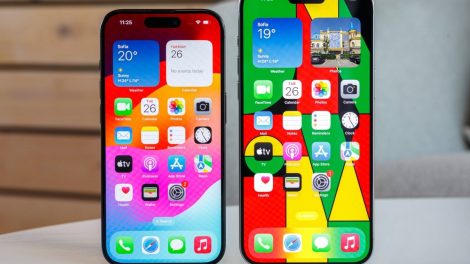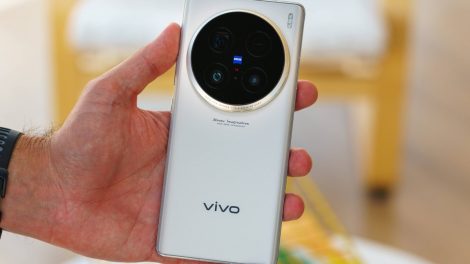In the fast-paced world of technology, innovation and competition often go hand in hand. However, sometimes this competition can escalate into full-blown legal battles, as was the case with the infamous patent war between Apple and Samsung. This decade-long saga not only captivated the tech industry but also had far-reaching implications for intellectual property law, consumer choice, and the very nature of innovation in the smartphone era.

The Core of the Dispute
Apple’s Claims
Apple’s primary argument centered on the design and functionality of their iPhones and iPads. They claimed Samsung’s Galaxy line of smartphones and tablets blatantly copied the look and feel of Apple’s devices, including the rectangular shape, rounded corners, and specific user interface elements.
Samsung’s Defense
Samsung countered that their designs were original and that certain design features were essential for modern smartphones. They also accused Apple of infringing on their own patents related to wireless technology.
The Legal Battles Unfold
The legal battles spanned several years, with courts in various countries issuing rulings. Some key events include:
- 2011: Apple sues Samsung in the US, alleging patent infringement. Samsung countersues.
- 2012: A US jury awards Apple over $1 billion in damages, finding Samsung’s devices infringed on Apple’s patents.
- 2014: The US Court of Appeals upholds most of the original verdict but reduces the damages awarded.
- Legal battles continued in other countries with mixed results for both companies.
The Aftermath and Impact
The patent war eventually subsided, with most lawsuits settled or dismissed on appeal. Here’s a glimpse of the impact:
- Financial Fallout: Both companies incurred significant legal fees, but Apple received billions of dollars in damages.
- Shifting Landscape: The legal battle arguably led to some design changes in both companies’ smartphones, but the overall look and feel of smartphones remained quite similar across the industry.
- Impact on Innovation: Some argue the lawsuit stifled innovation as companies focused on legal battles rather than developing groundbreaking new technologies.
Conclusion: A Legacy of Rivalry and Innovation
The Apple-Samsung patent war serves as a reminder of the intense competition within the tech industry. It highlights the importance of intellectual property protection while also raising questions about potential stifling effects of overly aggressive litigation.
As the dust settled on this epic legal battle, both companies emerged as dominant forces in the smartphone market, albeit with different strengths and market positions. Apple continued to thrive with its premium, vertically integrated approach, while Samsung cemented its position as the leading Android device manufacturer with a diverse product lineup.
The legacy of this patent war extends far beyond these two companies. It sparked important discussions about the nature of innovation in the digital age, the balance between protecting intellectual property and fostering competition, and the role of design patents in an industry where form and function are increasingly intertwined.
Moreover, the dispute underscored the global nature of the tech industry, with legal battles fought across multiple continents and decisions in one jurisdiction having ripple effects worldwide. It also highlighted the immense financial stakes involved in the smartphone market, where a single design feature or software function could be worth billions of dollars.
As we look to the future, the Apple-Samsung patent war serves as both a cautionary tale and a case study in the complexities of innovation and competition in the 21st century. While the most intense phase of their rivalry may have passed, the lessons learned and precedents set during this period continue to shape the tech landscape, influencing how companies approach design, patenting, and litigation in an ever-evolving digital world.










Add Comment